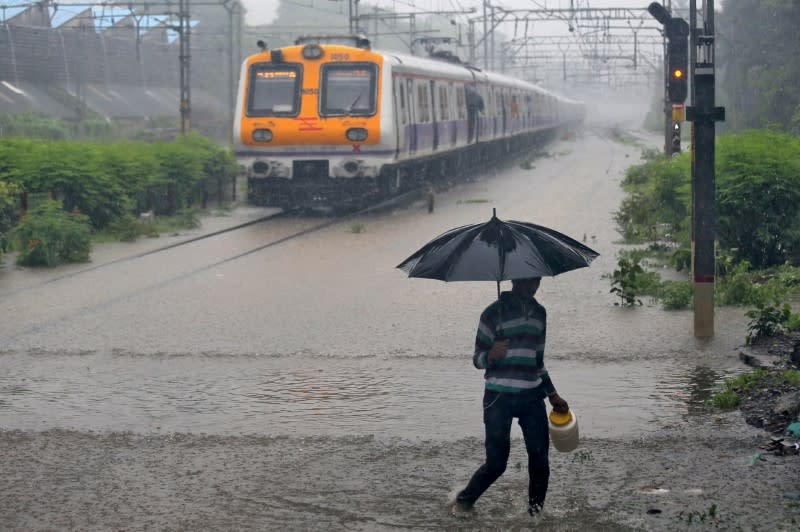India to receive above-average monsoon rains, boosting crop output

By Rajendra Jadhav and Mayank Bhardwaj
MUMBAI/NEW DELHI (Reuters) - India is likely to receive above average monsoon rainfall for the second straight year in 2020, the state-run weather office said on Monday, raising hopes for higher farm output and a boost for Asia's third-biggest economy as it reels from the new coronavirus.
Monsoon rains are critical for farm output and economic growth as about 55% of the south Asian nation's arable land is rain-fed, and the farm sector makes up about 15 percent of a nearly $2-trillion economy, Asia's third-biggest.
Monsoon rains are expected to be 102% of a long-term average (LTA), M. Rajeevan, secretary at the Ministry of Earth Sciences told a news conference.
The India Meteorological Department defines normal rainfall as between 96% and 104% of a 50-year average of 88 centimetres for the four-month season beginning in June.
In July, a crucial month for planting summer-sown crops, India could receive 103% rainfall of its LTA, while in August it could receive 97%, Rajeevan said.
Rains usually lash Kerala state, on India's southwest coast, from around June 1 and cover the whole country by mid-July. This year the monsoon came on time and could boost the planting of crops such as rice, soybeans and cotton.
Yields of summer-sown crops could be better this year, Ashwini Bansod, head commodities research at Phillip Capital India Pvt Ltd, said.
"The soil moisture level is good due to higher pre-monsoon rains and even during the monsoon, rainfall is expected to be well-distributed across the country," Bansod said.
The country's rice and cotton growing north-western region could get 107% rainfall of the LTA, while soybean, sugar cane and cotton growing central region could receive 103% rainfall, the IMD said.
The rice and tea growing region in north-eastern parts could receive 96% rainfall, while rice, rubber and coffee growing southern India could get 102% rains, it said.
(Reporting by Rajendra Jadhav and Mayank Bhardwaj; editing by Gareth Jones and Barbara Lewis)


